The Psychology of Color in Eyewear Design
When it comes to designing eyewear, color is a crucial element that can significantly impact how consumers perceive and interact with a product. The psychology of color plays a significant role not only in the aesthetics of eyewear but also in the emotions and behaviors it evokes in individuals. By understanding the psychological impact of different colors, eyewear designers can create products that not only look great but also resonate with customers on a deeper level.
Let’s start with the most classic eyewear color: black. Black is often associated with power, elegance, and sophistication. It gives an air of seriousness and authority, making it a popular choice for business professionals. Black frames also have a timeless appeal that transcends fashion trends, making them a safe and versatile option for everyday wear.
On the other hand, bright and vibrant colors like red, orange, or yellow can evoke feelings of energy, enthusiasm, and excitement. These colors are eye-catching and attention-grabbing, making them perfect for individuals who want to make a bold fashion statement. Brightly colored frames can give a sense of confidence and playfulness, making them popular choices for those who want their personality to shine through their eyewear.
Blue and green are often considered colors of calmness, tranquility, and nature. These colors have a soothing effect on the mind and are frequently associated with feelings of relaxation. Blue frames can evoke a sense of trustworthiness, making them ideal for professionals in fields such as healthcare or finance. Green frames, on the other hand, can convey a connection to the environment and can be appealing to individuals who prioritize sustainability.
Another crucial consideration is skin tone. Different colors can complement or clash with various complexions. Warm skin tones, with yellow or golden undertones, are typically enhanced by colors like brown, tortoiseshell, or gold. These colors create a harmonious and natural look that highlights the warmth of the skin. On the other hand, cool skin tones, with pink or blue undertones, are best complemented by colors like silver, black, or jewel-toned frames. These colors create a striking contrast that enhances the complexion.
The psychology of color extends beyond the frame itself but also applies to the lenses. For example, brown or amber lenses evoke a feeling of warmth and comfort, making them popular for outdoor activities like driving or hiking. Grey lenses, on the other hand, provide neutral and balanced vision, making them suitable for everyday wear. Yellow or orange lenses can enhance contrast and depth perception, making them ideal for sports or activities in low-light conditions.
In conclusion, the psychology of color plays a significant role in eyewear design. Different colors can evoke various emotions and behaviors, making them essential considerations for designers. By understanding the impact of different colors and their interactions with skin tones, designers can create eyewear that not only looks great but also resonates with consumers on a deeper, psychological level. So, whether you’re going for a classic black frame or a vibrant red one, remember that color choice can make all the difference in how you feel and how others perceive you.
